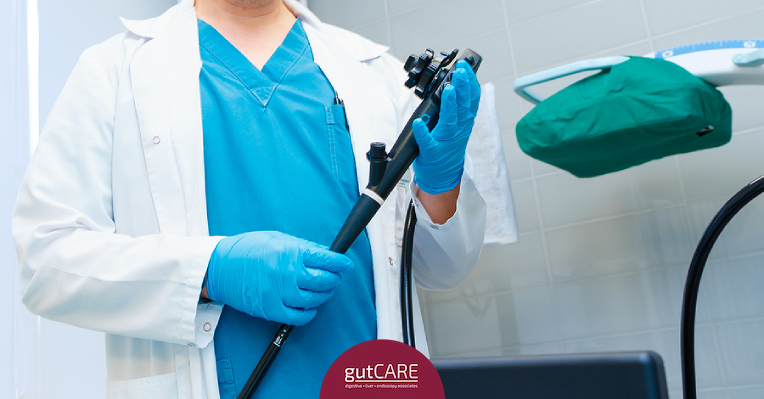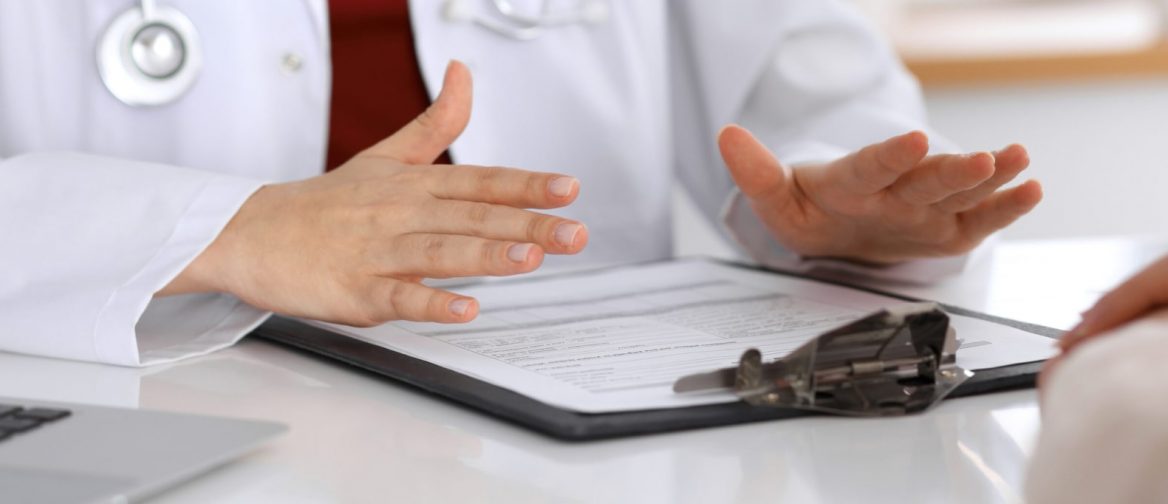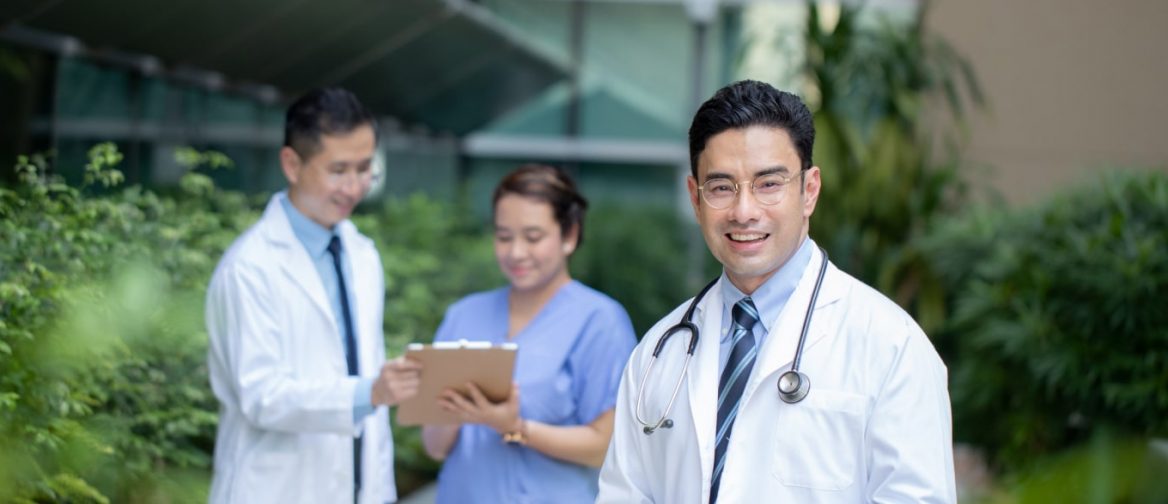A Fundamental Guide To Getting An Upper Gastro-Intestinal (GI) Endoscopy

An upper gastrointestinal (GI) endoscopy or gastroscopy, sometimes termed OGD, is a gastroenterology procedure which enables your gastroenterologist to visually examine your upper digestive tract using a long, flexible tube with a tiny camera at the other end. It is used to diagnose upper digestive tract issues better so that the gastroenterologist can treat them.
Why is it conducted
The upper digestive tract consists of the oesophagus, stomach, and duodenum (the beginning portion of the small intestine). An upper GI endoscopy is usually conducted to help diagnose and occasionally treat certain conditions in the region.
Your gastroenterologist might recommend endoscopy to:
- Diagnose: The procedure allows the gastroenterologist to conduct a biopsy (collecting tissue samples) to send to the lab for testing of conditions or diseases that may result in diarrhoea, inflammation, bleeding, or anaemia. It is also used to detect certain cancers in the region.
- Investigate symptoms: The procedure allows the specialist to determine the cause of digestive issues, such as nausea, heartburn, gastrointestinal bleeding, swallowing difficulty, abdominal pain, and vomiting symptoms.
- Treat: The endoscope allows specific unique medical tools to pass through the tubing to help treat issues at the same time. For example, an endoscopy procedure can also be used to widen a narrow oesophagus, remove a foreign object, stop a bleeding vessel by burning it, or clip off a polyp.
The endoscopy procedure can sometimes be combined with specific procedures, such as an ultrasound, to help visualise deeper layers of your stomach or oesophagus wall and even hard-to-reach organs like your pancreas.
Risks
Like every medical procedure, while endoscopy is a relatively safe procedure, there are always certain levels of risk to note, that occur in <1% of the time, such as:
- Infection: Most endoscopies involve a biopsy and examination that has a low risk of getting infected. The risk of developing an infection increases only when additional procedures are needed. Fortunately, most of the infections are minor issues which can be easily treated with antibiotics.
- Bleeding: The risk of bleeding increases if your endoscopy procedure involves a biopsy. In most cases, the bleeding is significantly minor and can be easily stopped.
- Reaction to anaesthesia or sedation: The patient has to be anesthetised or sedated in order for upper gastro endoscopy to be safely conducted. The type of anaesthesia used depends on the individual and the cause of the procedure. While there may be a particular risk of reacting to the anaesthesia, the risk of that happening is low.
- Tearing of gastrointestinal tract: Tearing of the oesophagus or other areas of your upper digestive system requires hospitalisation and, occasionally, surgery to repair it. However, the risk of such complications is also very low, occurring only in one to every 2,500 to 11,000 upper gastro endoscopy procedures.
You can help to reduce certain complication risks by carefully adhering to your specialist’s instructions on how to prepare for an endoscopy, such as stopping certain medications and fasting.
Post endoscopy symptoms to watch out for
Some post endoscopy symptoms that could be a sign of complications that you need to take note of are:
- Vomiting, especially if it looks bloody or like ground coffee
- Persistent or severe stomach pain
- Difficulty in swallowing
- Very dark-coloured, black, or bloody stool
- Difficulty in breathing
- Chest pain
- Fever
If you experience one or more of such symptoms, you should visit your gastroenterologist or the emergency department immediately.
Preparing for an endoscopy procedure
Instructions that the specialist might give you to help prepare for the procedure might include:
- Fasting before the procedure: You will need to stop consuming solid food and liquid at least eight hours and four hours, respectively, before the procedure to ensure that your stomach is empty.
- Stop certain medication intake: Examples of medication that you need to stop taking days before your procedure are blood-thinning medications or medications that are used to control or treat high blood pressure, heart disease, or diabetes. This is because medications like blood-thinning ones increase the risk of bleeding during the procedure.
It is vital to inform the specialist during the initial consultation about the supplements and medications you are currently taking so that they can advise you better on how to prepare for them.
Conclusion
As crucial as it is to prepare for the endoscopy procedure, it is equally as crucial to plan ahead for your recovery. Because anaesthesia is used during the procedure, get someone to accompany you on that day. You might also have to take that day off if you are working. It is recommended to have regular medical checkups to allow you to detect any potential issues early.
Contact us to make an appointment today at https://www.gutcare.com.sg/contact-us/

HAVE AN ENQUIRY?
You may also send in an enquiry via our online form if you have questions pertaining to your visit or consultation.

FIND OUT MORE ABOUT OUR DOCTORS
Unsure of which doctor to speak to? Take a look at our doctors’ profile to find out more.




